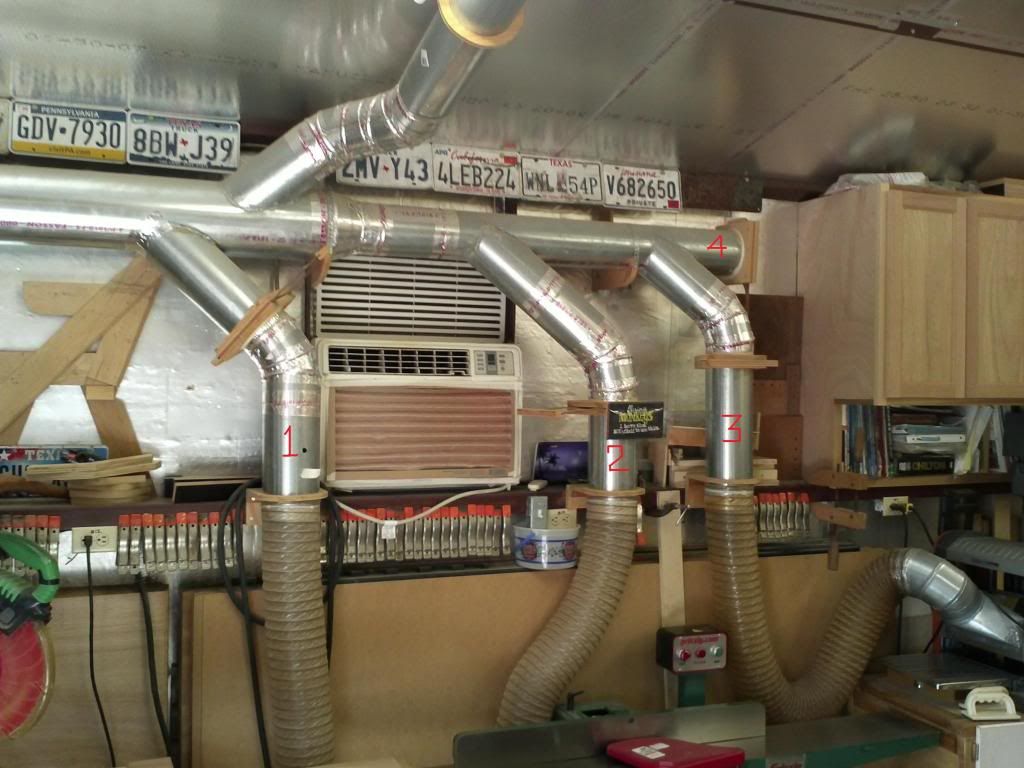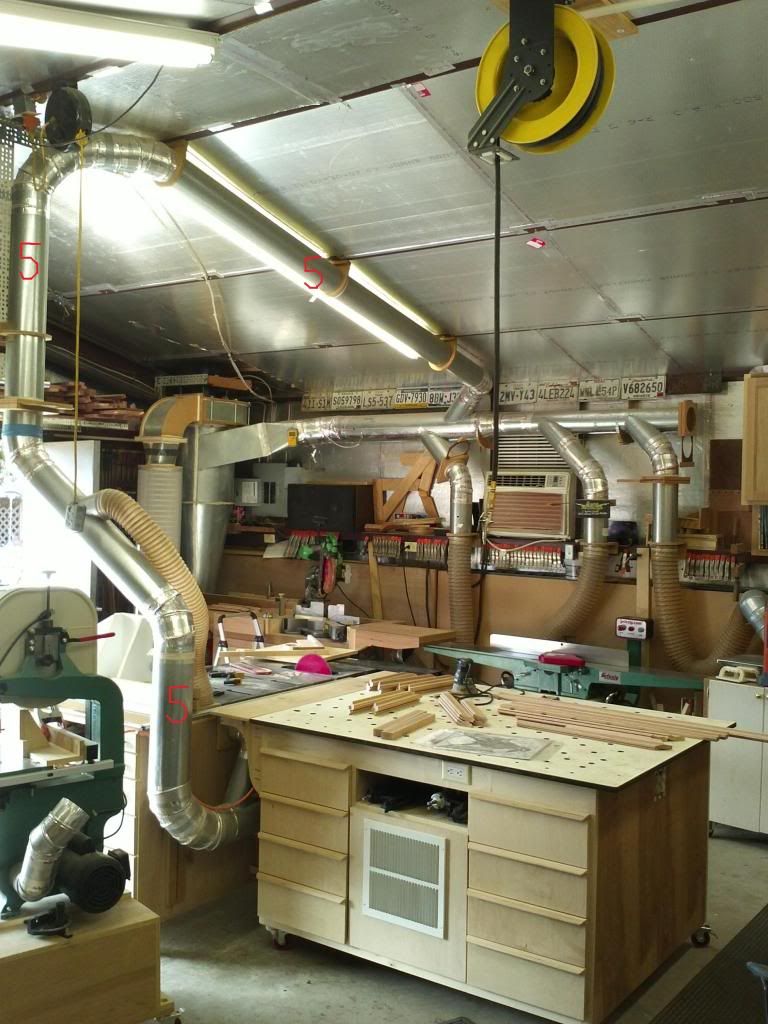luvsawdust
New member
Hi all,
I'm new here after falling down the Pentz rabbit hole. I'm in a 3600 foot shop with 3 other furniture makers. We're in a big old brick building, on the second floor. Exhausting outside not really an option. We currently have a 3hp Oneida, and if doesn't cut it. We are looking to upgrade, and wondering if the MAX is up to the task.
Three of us are full time, one part time. Two machines at a time is a necessity, 3 on rare occasions. Our list of equipment includes:
Felder KF700 saw/shaper
Panhans slider
PM66
General 880 16" jointer
PM100 planer
Ramco 37" widebelt
20" bandsaw
edge sander
2 JDS Multirouters
Since the Oneida and the MAX have the same 8" inlet, I have my doubts, but I have nothing to support them. Does anybody have one of these set up in a larger, multiple user shop?
Thanks
Jason
I'm new here after falling down the Pentz rabbit hole. I'm in a 3600 foot shop with 3 other furniture makers. We're in a big old brick building, on the second floor. Exhausting outside not really an option. We currently have a 3hp Oneida, and if doesn't cut it. We are looking to upgrade, and wondering if the MAX is up to the task.
Three of us are full time, one part time. Two machines at a time is a necessity, 3 on rare occasions. Our list of equipment includes:
Felder KF700 saw/shaper
Panhans slider
PM66
General 880 16" jointer
PM100 planer
Ramco 37" widebelt
20" bandsaw
edge sander
2 JDS Multirouters
Since the Oneida and the MAX have the same 8" inlet, I have my doubts, but I have nothing to support them. Does anybody have one of these set up in a larger, multiple user shop?
Thanks
Jason



